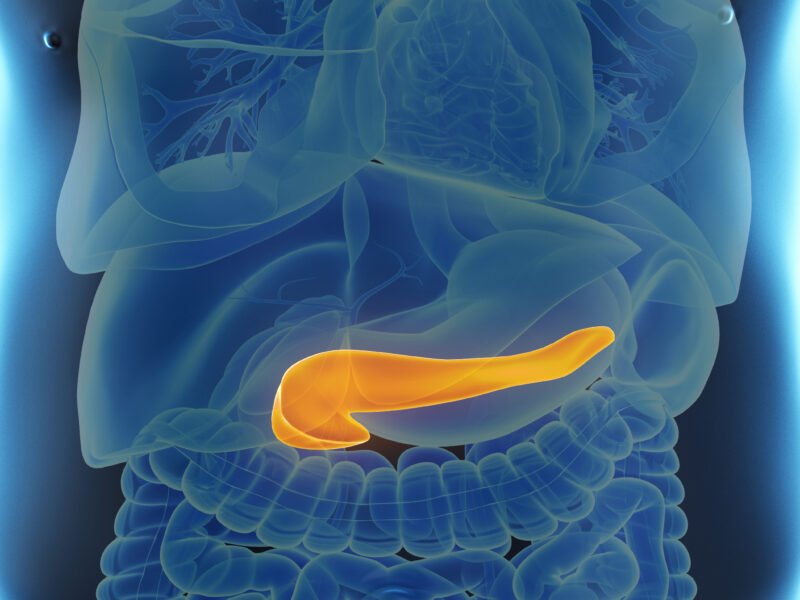Is 3D Anorectal Manometry Preferable to Traditional Anorectal Manometry in Children With Functional Constipation?
Is 3D Anorectal Manometry Preferable to Traditional Anorectal Manometry in Children With Functional Constipation? https://pediatricsnationwide.org/wp-content/uploads/2021/03/AdobeStock_124856540-1024x680.jpg 1024 680 Mary Bates, PhD Mary Bates, PhD https://secure.gravatar.com/avatar/c6233ca2b7754ab7c4c820e14eb518c8?s=96&d=mm&r=g- April 27, 2022
- Mary Bates, PhD

Study finds 3D-ARM is less comfortable and does not provide additional information compared to traditional ARM.
In a recent pilot study, researchers from Nationwide Children’s compared outcomes and patient experience of a new three-dimensional (3D) anorectal manometry (ARM) technique compared to regular ARM in children with functional constipation. They found that the use of 3D-ARM may cause more discomfort without providing more useful information.
Worldwide, about one in ten children has functional constipation. If conventional treatment with behavioral interventions and oral laxatives does not work, ARM may be used to assess the neuromuscular function of the anorectal canal. The procedure is usually performed with a catheter containing up to eight sensors.
Recently, a new 3D-ARM catheter with 256 sensors has been introduced. Although it allows for a more detailed visualization of the anorectal canal, its clinical utility and tolerability in children with functional constipation has not been investigated.
In this pilot study, researchers examined the agreement between findings from traditional ARM and 3D-ARM and evaluated if 3D-ARM has additional value over traditional ARM in the assessment of children with functional constipation. The study included ten children with functional constipation scheduled for ARM who underwent traditional ARM and 3D-ARM consecutively.
When comparing manometry measurements, the researchers found that anal canal resting pressures were higher during 3D-ARM compared to traditional ARM. This could be due to the larger diameter of the 3D-ARM catheter.
In addition, the results suggest that it may be more difficult to visualize the presence of the recto-anal inhibitory reflex with 3D-ARM compared to traditional ARM.
Importantly, the majority of children preferred the traditional ARM to the 3D-ARM because the 3D-ARM catheter was larger and more uncomfortable.
“In this patient sample, the 3D-ARM did not provide any additional value over traditional ARM and kids found it less comfortable and more painful,” says Desiree Baaleman, an MD/PhD candidate at Amsterdam UMC and an international scholar at Nationwide Children’s. “We conclude that, to date, there is no clear indication to do 3D-ARM in most kids with functional constipation.”
The researchers says that the usefulness of 3D-ARM in children may be limited to specific groups.
“For instance, 3D-ARMmight be of value in kids that have anatomical abnormalities, such as anorectal malformations,” Baaleman says. “This technique may give the surgeon more information and help them better prepare for surgery.”
Baaleman says that 3D-ARM may also be useful when there are complications after anorectal surgery, or for helping predict which children with functional constipation may benefit from treatments such as biofeedback. Future studies could evaluate if the 3D visualization provides useful additional information in these cases compared to traditional ARM or other imaging studies.
Overall, the findings suggest that in children with functional constipation and without known anatomical abnormalities, traditional ARM may be preferable to 3D-ARM. In children with intractable functional constipation, use of 3D-ARM is likely to result in more discomfort without providing more useful information.
Reference:
Baaleman DF, Vriesman MH, Benninga MA, Bali N, Vaz KH, Yacob D, Di Lorenzo C, Lu PL, Koppen IJN. Do we need an extra dimension? A pilot study on the use of three-dimensional anorectal manometry in children with functional constipation. Neurogastroenterology & Motility. 2022 Apr 4:e14370. doi: 10.1111/nmo.14370.
About the author
Mary a freelance science writer and blogger based in Boston. Her favorite topics include biology, psychology, neuroscience, ecology, and animal behavior. She has a BA in Biology-Psychology with a minor in English from Skidmore College in Saratoga Springs, NY, and a PhD from Brown University, where she researched bat echolocation and bullfrog chorusing.
-
Mary Bates, PhDhttps://pediatricsnationwide.org/author/mary-bates-phd/December 27, 2016
-
Mary Bates, PhDhttps://pediatricsnationwide.org/author/mary-bates-phd/
-
Mary Bates, PhDhttps://pediatricsnationwide.org/author/mary-bates-phd/
-
Mary Bates, PhDhttps://pediatricsnationwide.org/author/mary-bates-phd/
- Posted In:
- Clinical Updates
- In Brief
- Research






